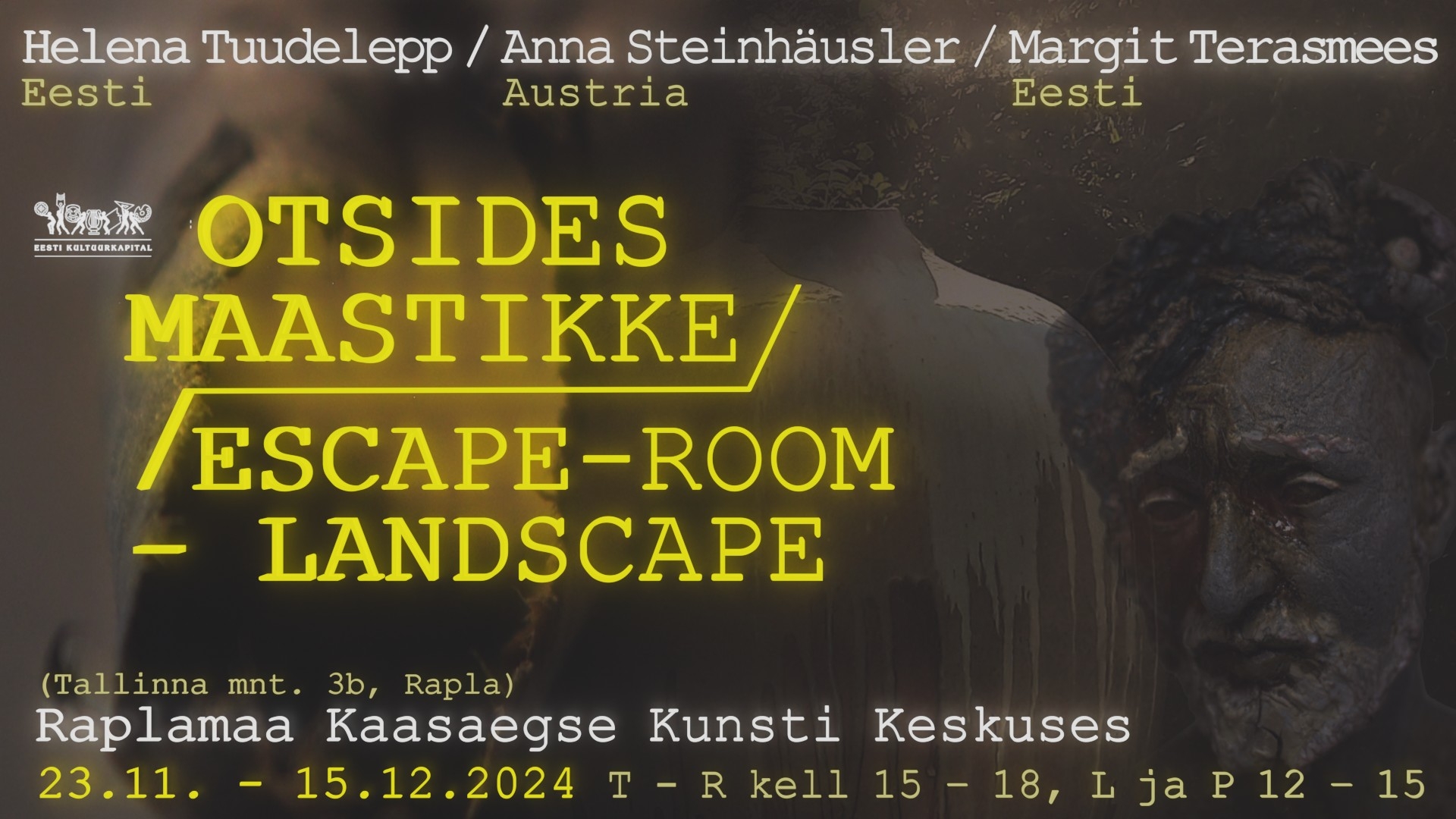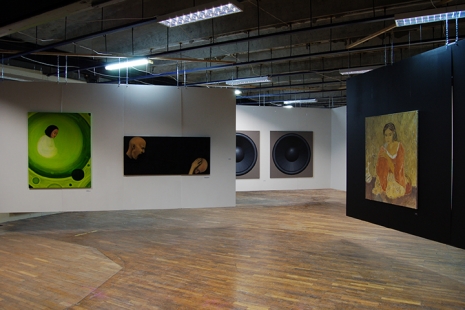Helena Tuudelepp graduated in 2018 with Master’s degree at the Ceramics Department of EAA. She is a member of the Estonian Association of Ceramists, has participated in various group and personal exhibitions since 2015. In 2016, she was bestowed the Ilmar Palmi Award of the Ceramics Department of the Estonian Academy of Arts, as well as the 2018 Young Applied Artist Award for her TASE18 thesis exhibition work.
Helena’s favorite material is paper clay, through which she observes the transformation of the material, its dynamics during the drying process and the development of unique forms and details. She does not fire her paper clay works and reuses the material in her next projects.
Anna Steinhäusler is an Austrian artist who works in the fields of painting, ceramics and restoration. In addition to completing her degree in painting at the University of Applied Arts in Vienna, she studied for a year at the Department of Fine Arts at the University of Newcastle in England. Her paintings and sculptures have been part of national and international solo and group exhibitions, art fairs and collections. Her desire to work as a painter in the field of ceramics deepened through her participation in wood firing workshops. She first got to know this ceramic firing technique in 2017, by participating in the Kohila Symposium in Estonia. This was followed by further training at international ceramics centres such as Guldagegaard in Denmark, at the Centre of Contemporary Ceramics in La Borne, France and the International Ceramics Studio in Kecskemét, Hungary. Anna’s figurative artworks are characterised by her decision to depict subjects in a connected way – for example, showing networks of relationships instead of isolated people. She sees the medium of wood firing as an important feature of her art, utilizing it to reawaken a fascination for nature and life in relationships.
Margit Terasmees is a designer and ceramist. She graduated from the Tartu School of Arts, majoring in textile art, and EAA’s design department, BA. She’s a member of the Estonian Ceramists’ Association.
She has participated in various group exhibitions since 2015 with both her drawings and sculptural forms. Margit has improved her knowledge at the International Ceramics Centers in Guldagergaard, Denmark and Kecskemét, Hungary, as well as at the Kuu Glass and Ceramics Center in Mallusjoki, Finland. In 2024, she participated in the international symposium of wood-fired ceramics in Kohila. Margit specialises in creating mainly functional ceramics, but also sculptural forms, in wood-fired kilns. Some important aspects of her work include managing the synergy of fire and ash during the long firing in the wood kiln, as well as the enhancing and tuning of the material. She is dedicated to testing and developing various ceramic bodies and glazes suitable for wood firing, and she conducts cooperative firings in various wood kilns in Estonia. In 2019, she laid the foundations for her own wood-burning kiln in Linnaaluste, Raplamaa.
Materials and techniques
Paper clay
Helena Tuudelepp: Most of the material used for the creation of my exhibition works – paper clay – does not go through the firing process; the details remain at a stage that allows the material to be reprocessed and reused. In my works, I focus on the stages that take place between the drying of the material and the moment when it is reunited with the original mass.
Fusion, adaptation, pause, dissolution – stages that in the creative process form a movement; one that I would call a kind of transition of the material – going from one state to another. If part of a mass gets separated and turned into a detail, the separation is not final, but only an intermediate phase. When the detail dissolves into the mass, the detail merges back into its origins, giving me the opportunity for the creation of new output. I’m working and communicating with the material and/or myself – looking for strength, acknowledging fragility, attempting to find an equilibrium, relentlessly wandering in the landscapes of the soul.
Wood-firing
Margit Terasmees: Wood-firing of ceramics is an ancient art of taming fire, which contains both mysticism and mystery as well as cooperation with the forces of nature.
An oxygen-poor atmosphere is created in the wood-heated kiln, which, in contact with the metal oxides in the ceramic body and glazes, brings out the unique essence of the material. The fired surface is like a 3-dimensional canvas painted by the fire flowing in the kiln and the flying ashes. The authenticity of this technique touches the creator deeply; in its presence, one can feel one’s own insignificance, because not all items come out of the kiln as winners.
Anna Steinhäuslser: Through wood firing, people enter into a dialogue with Nature. The kiln is heated with wood and a long flame takes the resulting wood ash on its trajectory through the kiln, touching the receptive clay bodies along the way.
During long firings, wood ash settles on top of the sculptures like constantly falling snow. In the intense heat, the ash reacts with the clay and a polychrome glass skin grows on the clay bodies. These colours are born from the oxides of metals that trees have absorbed from the Earth. At the end of the firing process, one encounters ceramics that have become part of Nature. With their complex surfaces, which can be constantly explored anew, the ceramic pieces are witnesses to Life, which shows itself in multifaceted expression and develops in its relationships. s
Sponsors
Cultural Endowment of Estonia





